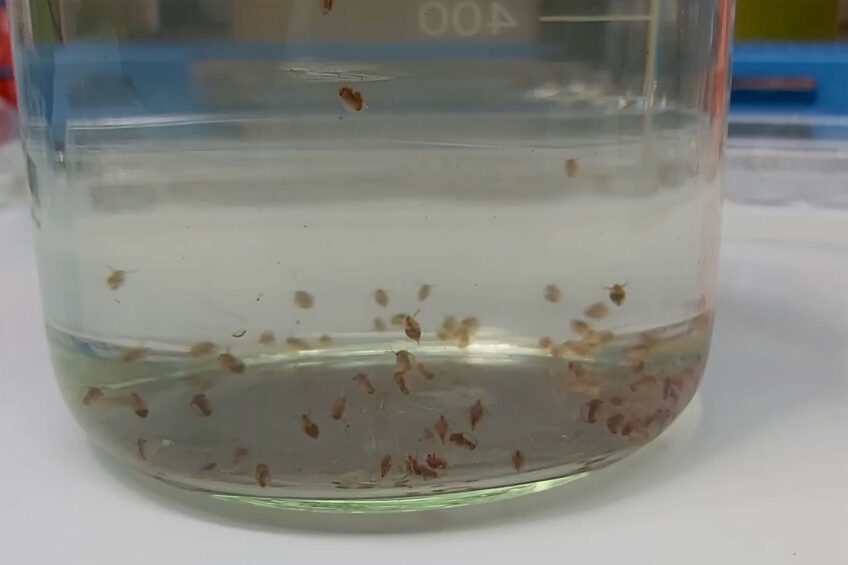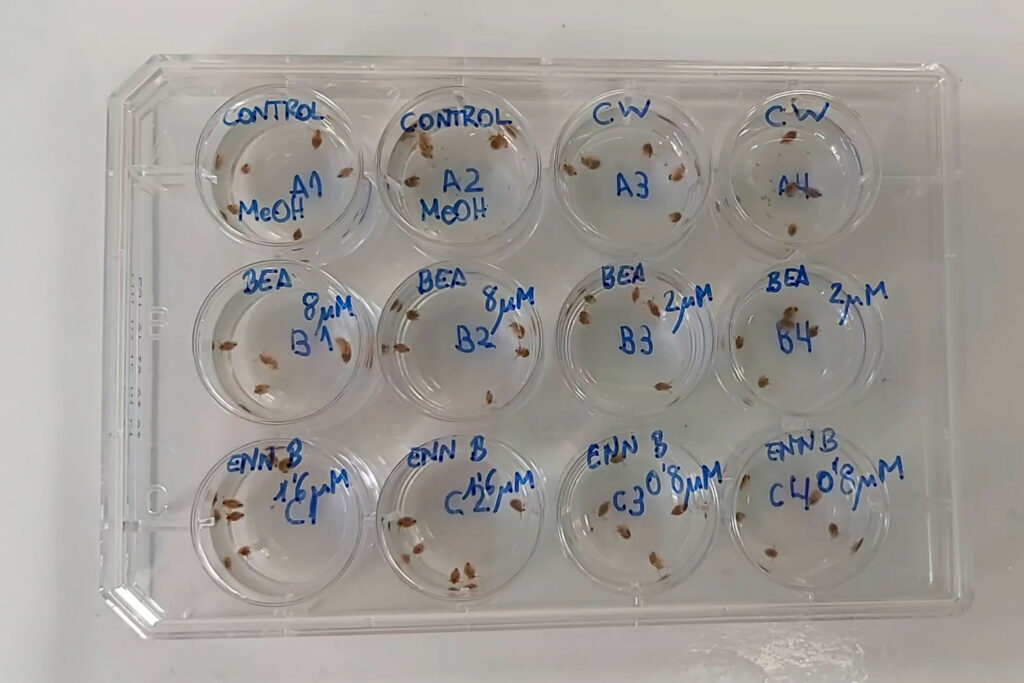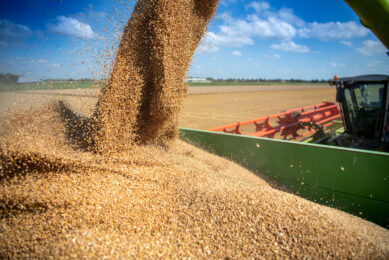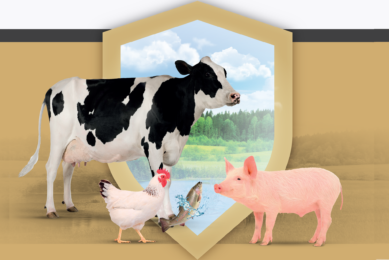Toxicological impact of mycotoxins in aquatic ecosystems: One Health perspective

The aquatic population is increasingly exposed to toxic compounds through food and the environment. A group of these toxic compounds is mycotoxins, naturally produced by fungi or bacteria whose presence is conditioned by climate and fungi growth factors (food or field). This article will discuss One Health approaches to mycotoxin research in toxicology.
MYCOTOXINS 2025: Utilising technology to detect & mitigate – read all articles
Mycotoxins are substances mainly present in agricultural products (cereals, fruits, and dry fruits, among others) produced under appropriate conditions (Stanciu et al., 2017). Climate change significantly influences the prevalence and distribution of these harmful substances and their related impacts (Humboldt-Dachroeden et al., 2021). Mycotoxins have been an important point of unsafety in the food chain during the last decades due to the numerous alerts registered. Furthermore, the risks associated with them are a global concern due to their adverse effects on human health, animal welfare, and environmental integrity.
European food safety
To preserve mycotoxins´ exposure, the European food system has established different organisms. Rapid Alert System for Food and Feed (RASFF) exchanges information between member countries to support swift reaction by food safety authorities in case of risks to public health resulting from the food chain, where exposure to components and/or ingredients is reported. From several years of RASFF´s reports, an important topic with high notifications has been mycotoxins, placed as the third most notified hazard category (485 notifications). These mycotoxins´ notifications mainly regarded the detection of a family of mycotoxins aflatoxins (413), and the product category associated: nuts, nut products, and seeds (254). For food authorities, the promotion of healthy diets from sustainable food systems is a challenge where both people and the planet meet and at the same time, where the consumption of food and the production of food are also a concern. Healthy diets require food safety that warrants the security of ingesting food without contaminants or lowering the permitted limits or as low as possible in some cases. All in all, co-exposure to multiple toxic compounds can result in complex, non-linear toxic adverse effects, which are especially concerning given their frequent occurrence in both humans and animals (Oueslati et al., 2020). The toxicological effects of chemical compounds can be mitigated when their elimination is enhanced, or by mechanisms that limit their absorption and bioaccessibility. However, some effects remain inevitable, including short-term consequences like oxidative stress and long-term impacts on reproduction.
One Health framework
The interconnected nature of these impacts underscores the importance of the One Health framework, which integrates all 3 perspectives: human health, animal welfare, and environmental integrity. The One Health implications of mycotoxins emphasise the necessity for integrated management strategies and demand coordinated efforts across sectors to mitigate health risks (Campos et al., 2014; Wang et al., 2016). Key areas of focus include public health risks, animal health impacts, environmental contamination, regulatory frameworks, preventive measures, and multidisciplinary research. The challenges posed by climate change and antifungal resistance are also of relevance.
The presence of mycotoxins in food and feed adversely affects the health and productivity of both humans and animals. Feed for aquatic and farm animals can be contaminated with mycotoxins and introduced in the aquatic ecosystem, closing the food chain, and access to fish. Currently, toxicological studies should be focused on the research of toxic effects using the most innovative models that approach in vivo reality, including co-exposure assays with those mycotoxins with an increased presence in food and feed. Then usually in vitro cells studies or in silico studies evaluate or predict their effects; however, it is also important other biological substrates such as the invertebrate models (zebra fish larvae or daphnids or worms) useful to predict the environmental impact.

Mycotoxin risk in aquatic ecosystems
The mycotoxins´ presence in aquatic ecosystems, poses risks to both the environment and potentially, through the food chain, to human health. A study carried out with beauvericin (BEA), enniatin A (ENN A), and ennitain B (ENN B) individually and combined exposure on the initial development stages of zebrafish (Danio rerio) (embryos and larvae) has revealed interesting results (Juan-García et al., 2020). According to the Organization for Economic Co-operation and Development (OECD) these invertebrate stages are good standards for ecotoxicological tests and toxicology studies, such as developmental and neurobehavioral toxicity, cardiotoxicity, measurement of estrogen receptor activation (Hill et al., 2005; Reimers et al., 2006; Strähle et al., 2012; OECD 236, 2013; Rodríguez-Fuentes et al., 2015; Juan-García et al., 2020). Outcomes measured were time to death, response to light, and circadian rhythm, and results indicated that mycotoxins caused toxicity inducing developmental defects, specifically hatching time and motion activity.
Another study of mycotoxins in water in Daphnia magna invertebrate model was carried out by Juan-García et al (2023) to explore the potential toxicity and basic mechanism of beauvericin (BEA) and enniatin B (ENN B) and to assess environmental risks. The water flea D. magna is key in aquatic food chains and was the test species used due to its well-known sensitivity for evaluating ecotoxicology and the general toxicology of various contaminants, including mycotoxins and comparable with mammalian models (Okamoto et al., 2015; Yim et al., 2006). The study reports the “One Health” approach because it considers the interconnectedness of environmental, animal, and human health. Results revealed that BEA and ENN B mycotoxins had a negative impact on survival, behaviour, reproduction, and gene expression in aquatic species, with unclear mechanisms requiring further studies. Again, revealing that the effects on small invertebrates can cascade through the food chain, affecting fish and aquatic-origin foods consumed by humans. The study provides new insights into the underlying risk assessment of BEA and ENN B not only through food for consumers but also for the environment.
Environmental and human health risk
In a study carried out by Penalva-Olcina et al., (2024) for Aspergillus, spp. mycotoxins gliotoxin (GTX) and ochratoxin A (OTA) also in D. magna the outcomes measured consisted of acute toxicity test (OECD 202 and 211) (OECD, 2004 and 2012), heartbeat, delayed toxicity test, reproduction, and growth rate test. GTX showed acute toxicity, affecting both heart rate and reproduction in D. magna. Conversely, OTA exhibited delayed toxicity, leaving heart rate unaffected but directly altering gene expression linked to xenobiotic metabolism, which negatively impacted growth and offspring production. When combined, GTX and OTA significantly increased mortality under both acute and chronic exposure, while also reducing reproduction and disrupting gene expression. These findings highlight the considerable environmental and human health risks posed by GTX and OTA, both individually and in combination.
Multi-disciplines profiling the One Health
Although there is an increased interest in the profiled One Health programme converging the 3 points of health (animals, humans and environment), the impact on small invertebrates in aquatic ecosystems shows the danger the species can suffer in higher levels of the trophic chain of the aquatic animals and subsequently in fish and food of aquatic origin for consumers but also its transfer to other species. Scientifically the environmental and ecological impacts of mycotoxins in aquatic systems demand urgent investigation but most importantly it will contribute to the coordination of multi-disciplines profiling the One Health that aims to sustainably balance and optimise the resources for the health of people, animals, and ecosystems.
Join 13,000+ subscribers
Subscribe to our newsletter to stay updated about all the need-to-know content in the dairy sector, two times a week.






